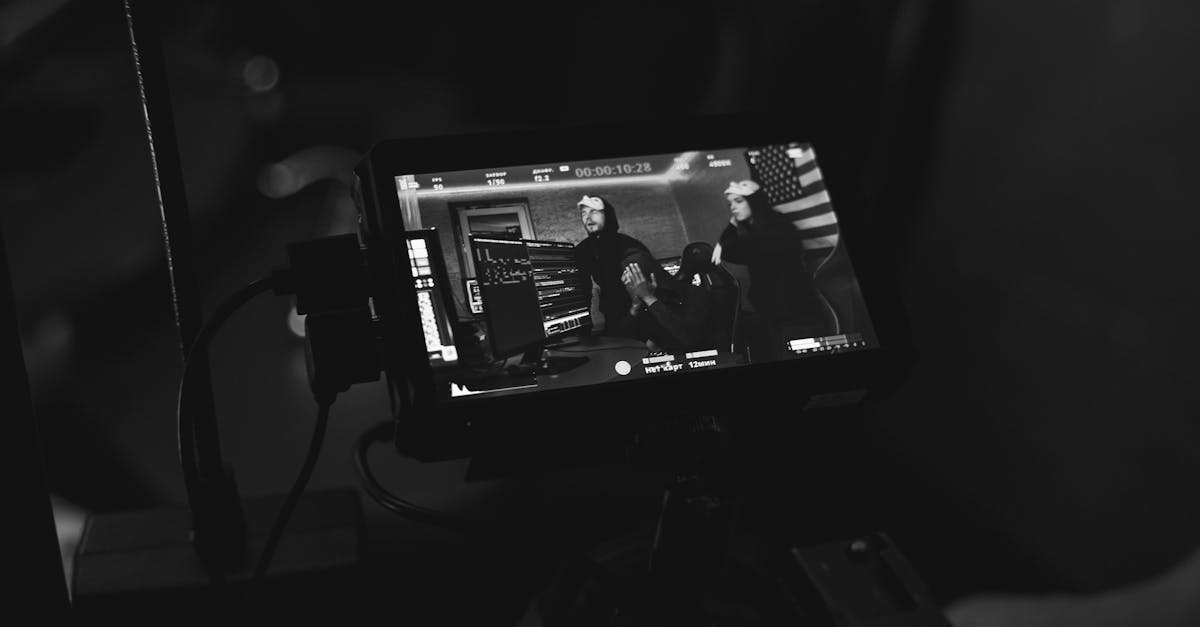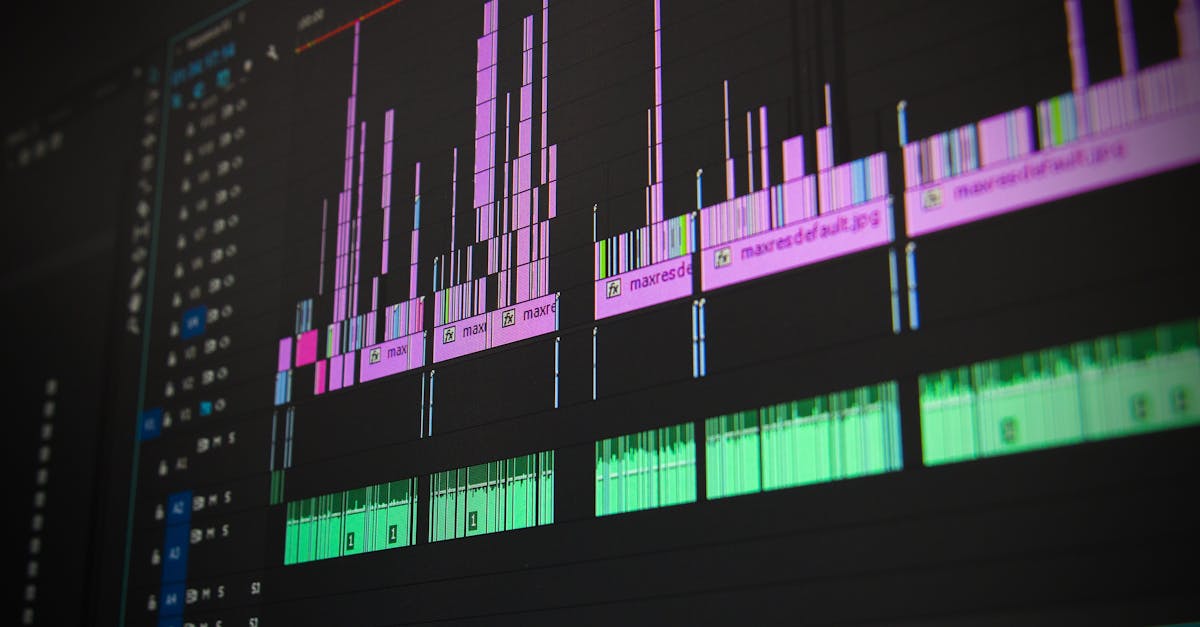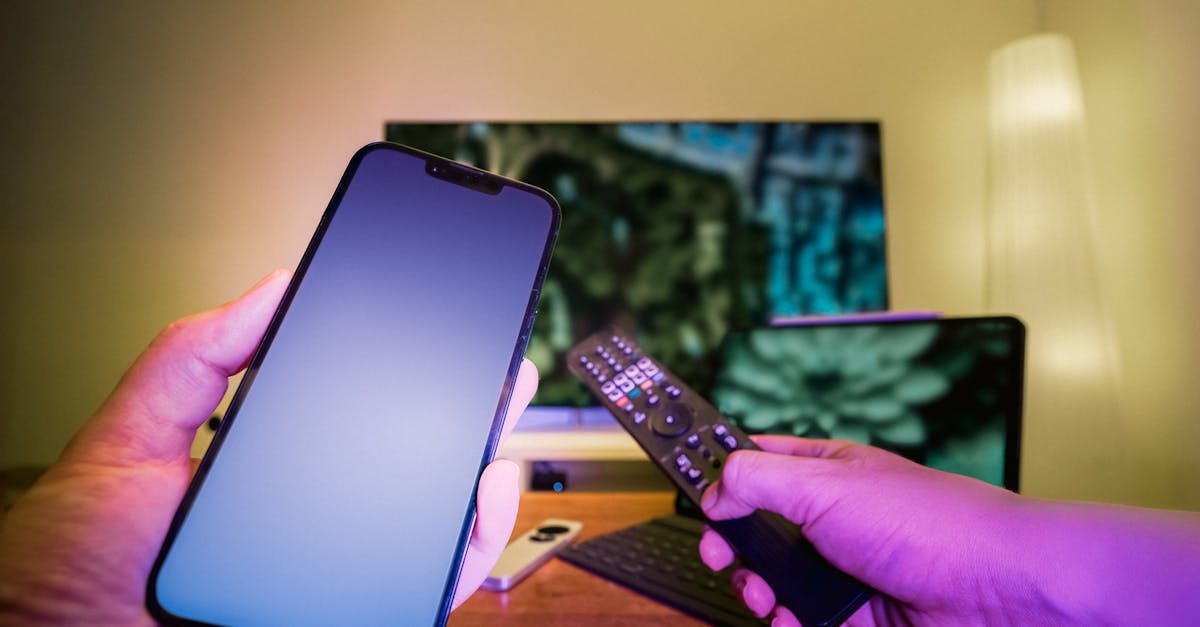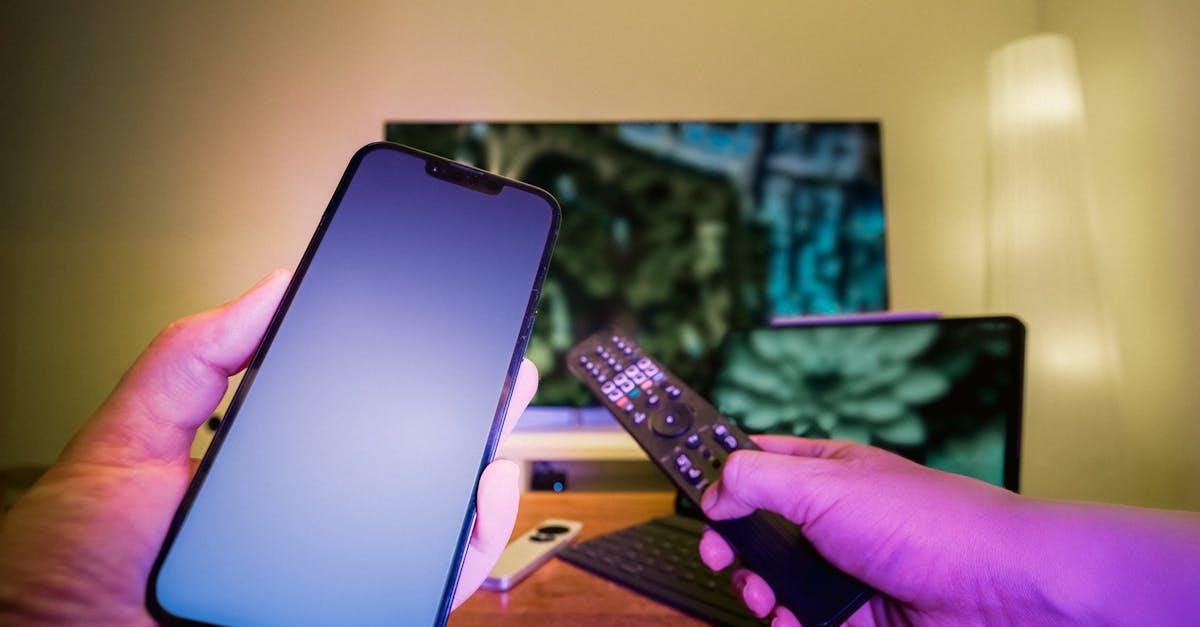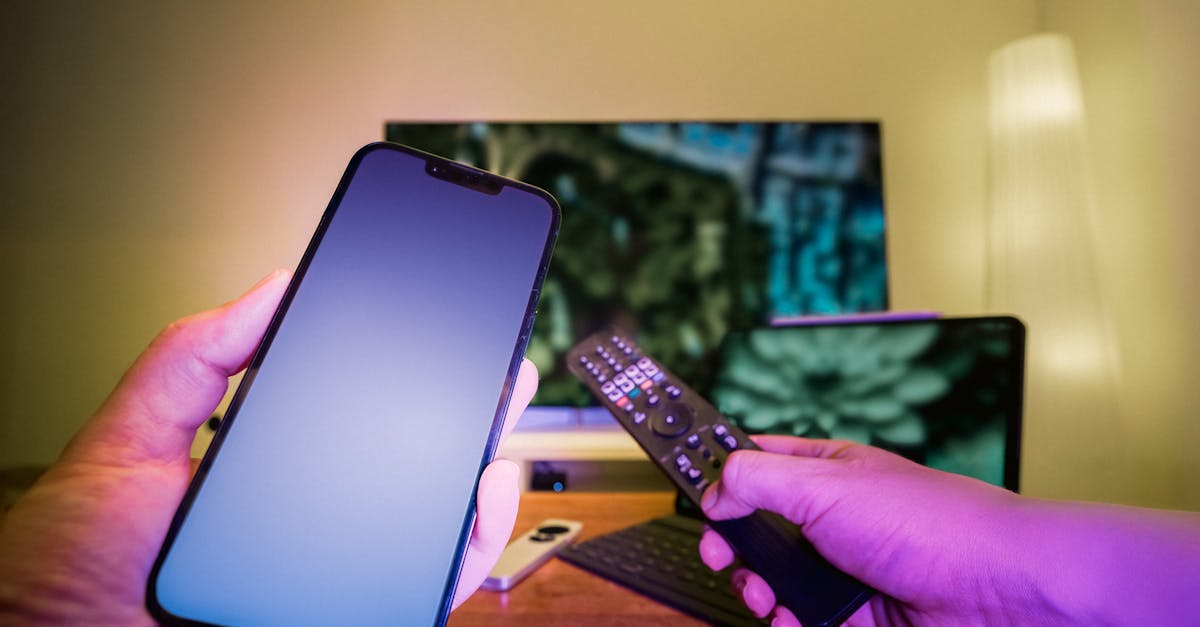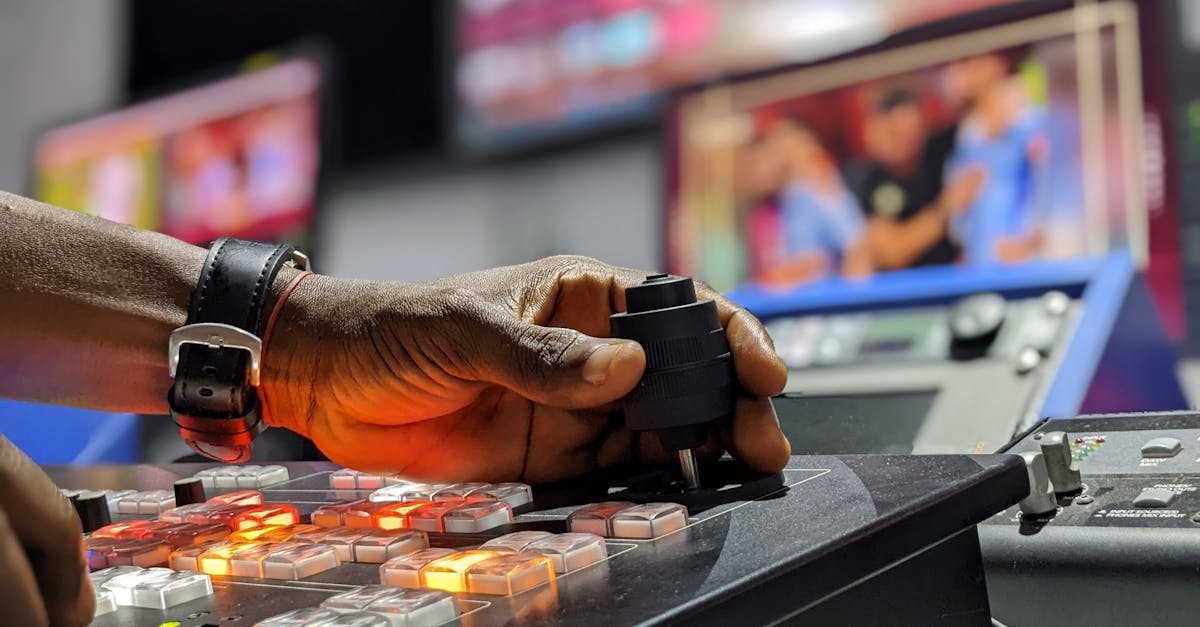Illuminating The Future of Television
Introduction
The world of television has consistently evolved, bringing transformative viewing experiences to audiences across the globe. In today's era, advancements in technology promise even more significant changes, reshaping the landscape of television as we know it. As Smart TVs and Augmented Reality (AR) take center stage, we're witnessing a shift towards more interactive and personalized viewing. With the integration of Artificial Intelligence (AI) and Internet of Things (IoT), the possibilities seem endless. But what does this mean for the average viewer? How will these innovations redefine the roles of creators, advertisers, and consumers in this dynamic ecosystem? This article delves into the fascinating journey of television's future, examining technological shifts and their potential impacts.
Advertisement
The Rise of Smart Televisions
Smart TVs have become a staple in many households, merging traditional broadcasts with internet-driven features. At the heart of this revolution is the ability to stream content directly via apps, making cable subscriptions less necessary. These TVs offer access to vast libraries of shows and movies, all customizable to suit viewer preferences. Built-in voice assistants, like Alexa and Google Assistant, further enhance user experience by enabling hands-free control. Furthermore, with updates occurring automatically, Smart TVs are perpetually evolving, offering new functionalities with minimal effort. It's this adaptability that positions Smart TVs at the forefront of modern viewing.
Advertisement
Augmented Reality and Immersive Viewing
Augmented Reality (AR) is poised to reshape how audiences experience television content. By overlaying digital information onto the real world, AR creates a new realm of interactive storytelling. Imagine watching a cooking show where ingredients and tools appear right before your eyes in 3D, or live sports where statistics and player profiles hover beside the athletes. This immersive technology allows for deeper viewer engagement, transforming passive watching into an active exploration. As production companies experiment with AR, the potential for multi-sensory experiences grows, offering unparalleled levels of interactivity.
Advertisement
The Role of Artificial Intelligence
Artificial Intelligence (AI) is revolutionizing content discovery and personalization in television. AI algorithms analyze viewing habits, preferences, and user feedback to recommend tailored programming to individual viewers. This ensures that audiences never miss content that resonates. Additionally, AI is being used in content creation, assisting in scriptwriting to predict potential plot interests. Studios are significantly benefiting from AI-driven editing software that streamlines and enhances production processes. As AI continues to integrate deeper into television, expect even greater levels of personalized viewing experiences.
Advertisement
Internet of Things Integration
The convergence of television and the Internet of Things (IoT) offers seamless connectivity across household devices. TV sets can now communicate with smart home systems, enabling integrated functionalities like adjusting room lighting according to what's being watched. For instance, a dramatic scene could trigger a dimming effect to heighten tension. From controlling home security systems to managing daily schedules, the IoT enhances the symbiosis between living spaces and entertainment. Viewers can expect a future where television interacts more profoundly with their lifestyles.
Advertisement
Quality Enhancements with 8K Resolution and Beyond
As further advancements in resolution technology emerge, 8K TVs are gaining traction, promising crystal-clear visuals that redefine detail and clarity. Offering four times the pixel density of 4K, these screens deliver a viewing experience that closely mimics reality. Filmmakers and content creators are beginning to explore the vast potential of these high-resolution displays. While internet infrastructure continues to catch up with streaming requirements, the potential for ultra-realistic, high-definition content is ascertainable. The evolution of resolution technology is set to offer immersive visuals that captivate viewers like never before.
Advertisement
Interactive and Participatory TV Models
Television is no longer a one-way broadcast. Interactive models encourage viewers to influence content outcomes, paving the way for immersive reality shows and "choose-your-own-adventure" dramas. Platforms like Netflix have pioneered this model, enabling audiences to steer narratives according to their choices. Gaming-like interactivity blurs the line between viewer and participant, engaging audiences more deeply with storylines. As these participatory models gain popularity, the boundaries of traditional storytelling are consistently pushed, inviting viewers into collaborative realms of imagination.
Advertisement
Connectivity and the Future of Streaming
With a plethora of streaming services entering the market, connectivity technology plays a crucial role in ensuring smooth, uninterrupted experiences for viewers. The expansion of 5G networks promises lightning-fast download speeds and higher quality streaming. Faster connections mean more simultaneous streams and less buffering, enhancing viewer satisfaction. As streaming platforms scramble to secure viewer loyalty, expect fierce competition that results in rich, diverse content libraries. The future of streaming is one that prioritizes speed and variety, catering to the demands of a growing digital audience.
Advertisement
Broadcasting Redefined: Social Media and TV Convergence
Social media and television's convergence has paved the way for live, interactive broadcasts. Platforms such as Twitter and Instagram facilitate real-time interaction between viewers and creators, transforming passive watching into dynamic engagement. Live tweeting during episodes creates communal viewing experiences beyond geographical limitations. Reality TV contestants can instantly communicate with fans, creating a feedback loop of immediate response and cyclical excitement. This convergence not only elevates viewership but redefines the relationship between creators and audiences, fostering a participatory culture unbounded by traditional norms.
Advertisement
Conclusion and Future Prospects
The television landscape is on the brink of an extraordinary transformation, driven by technological advancements that promise to redefine viewing experiences. From Smart TVs to Augmented Reality and AI, these innovations are reshaping broadcast content for a hyper-connected world. As viewers increasingly demand personalized interactions, the future of television lies in the seamless integration of diverse technologies that cater to individual preferences. Embracing these changes offers opportunities for creators to explore uncharted storytelling avenues while forging deeper connections with audiences. In a rapidly advancing digital age, television remains an evolving canvas, painting the stories and experiences of tomorrow.
Advertisement
